11 Content Marketing Tips to Improve Your Strategy
Content marketing is the backbone of any successful digital marketing strategy. However, with constant changes in search engine algorithms, evolving audience behaviors, and increasing competition, brands need to refine their strategies continuously.

If you want to create compelling content that attracts, engages, and converts your target audience, these 11 content marketing tips will help you improve your strategy.
1. Understand Your Audience Deeply
The foundation of an effective content marketing strategy is knowing your audience inside and out. Conduct thorough research to identify their pain points, preferences, and behaviors. Use tools like Google Analytics, social media insights, and customer surveys to gather data.
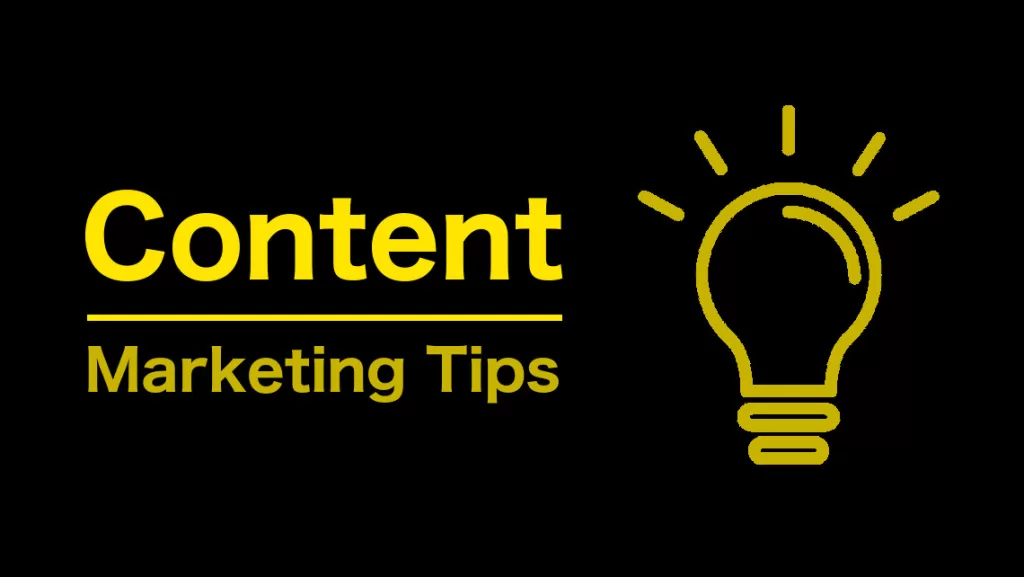
- Create audience personas based on demographics, interests, and challenges.
- Identify customer journey stages and tailor content for awareness, consideration, and decision-making phases.
- Monitor competitors to understand what works for similar audiences.
When you know your audience well, you can create content that truly resonates with them and solves their problems. Additionally, analyzing audience feedback through comments, reviews, and direct interactions can further refine your content strategy.
2. Focus on Quality Over Quantity
Many marketers fall into the trap of producing excessive content without ensuring its quality. Instead of publishing frequently without a clear purpose, prioritize creating high-value, in-depth, and insightful content.
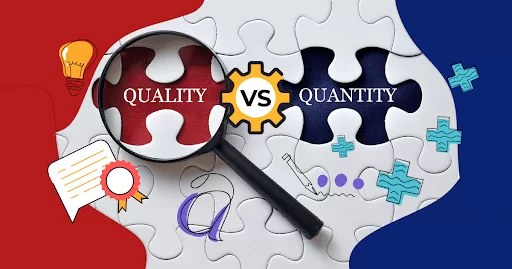
- Write authoritative, research-backed content that offers actionable insights.
- Ensure originality and uniqueness to stand out in a crowded market.
- Use engaging storytelling to make complex information more digestible.
Quality content builds trust, increases brand authority, and enhances user engagement. Instead of churning out superficial posts, invest in detailed case studies, long-form guides, and well-researched articles that provide lasting value to readers.
3. Optimize Content for SEO
Search engine optimization (SEO) plays a critical role in content visibility. Without proper optimization, even the best content may not reach the right audience.
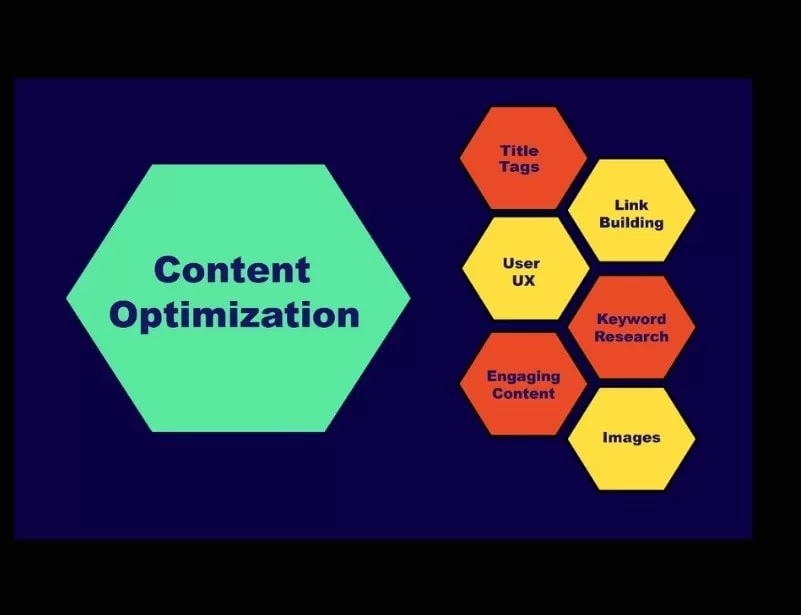
- Use keyword research tools like Semrush, Ahrefs, or Google Keyword Planner to find relevant keywords.
- Optimize on-page elements such as title tags, meta descriptions, headers, and image alt texts.
- Ensure mobile-friendliness and fast page loading speeds for better rankings.
- Build internal and external links to improve authority and user experience.
SEO is more than just inserting keywords; it’s about structuring content effectively, using natural language, and creating high-quality backlinks to improve credibility. Additionally, using schema markup can help search engines better understand your content, improving its chances of appearing in rich snippets.
4. Leverage Different Content Formats
Diversifying your content formats helps you reach a wider audience and keep engagement levels high. People consume content differently—some prefer reading blog posts, while others enjoy videos or infographics.
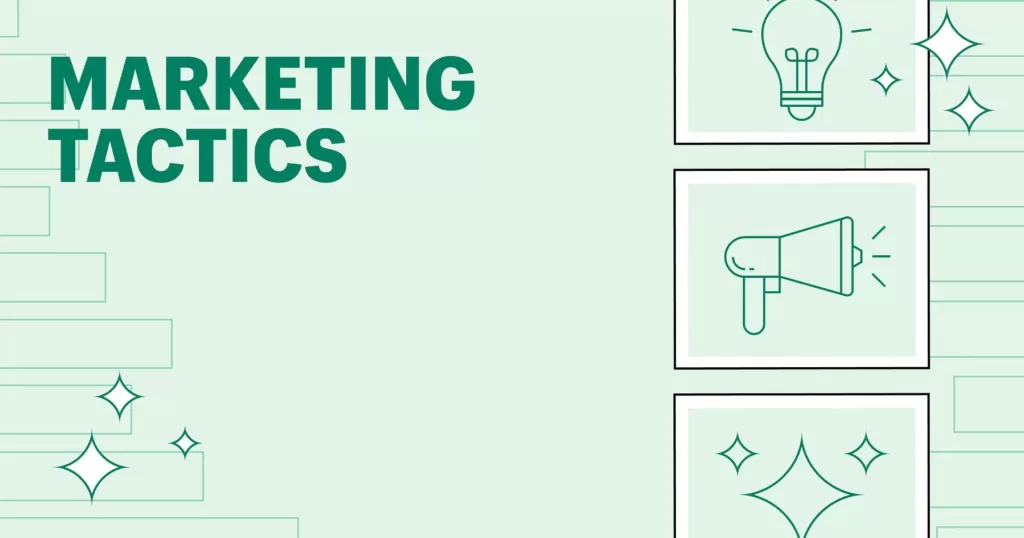
- Blog posts and articles for in-depth information.
- Videos and live streams for engaging storytelling.
- Infographics and visuals to simplify complex data.
- Podcasts and webinars for discussions and expert interviews.
- Social media posts and stories to increase interaction.
Using a mix of formats allows you to cater to diverse audience preferences. For instance, a data-heavy blog post can be transformed into a visually appealing infographic, making it shareable and digestible for social media users.
5. Create a Consistent Content Calendar
Consistency is key in content marketing. A content calendar helps you stay organized, maintain a steady publishing schedule, and align content with your marketing goals.
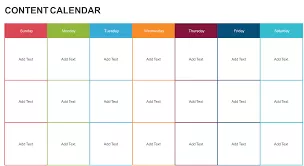
- Plan content around key dates, trends, and campaigns.
- Set realistic publishing frequencies (daily, weekly, or monthly) based on available resources.
- Use tools like Trello, Asana, or Co-Schedule to manage workflow efficiently.
Having a structured content calendar minimizes last-minute scrambling and ensures that your content efforts remain aligned with your business objectives. It also allows you to track performance over time and identify trends in audience engagement.
6. Repurpose and Refresh Existing Content
Instead of always creating new content, make the most of your existing content by repurposing or updating it.
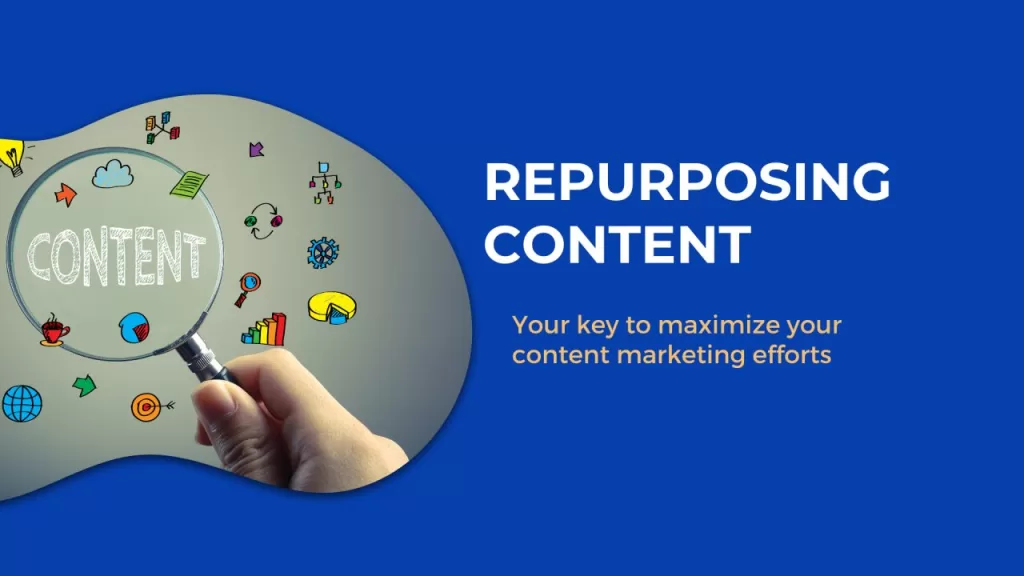
- Convert blog posts into videos, podcasts, or infographics.
- Refresh outdated articles with new data, statistics, and trends.
- Republish successful posts with new insights and optimizations.
Repurposing content extends its lifespan and allows you to reach new audiences who prefer different content formats. It also helps reinforce key messages across multiple platforms.
7. Use AI and Automation to Streamline Content Creation
AI-powered tools can help marketers create, optimize, and distribute content more efficiently.

- AI writing tools like ChatGPT and Jasper assist in drafting content ideas and outlines.
- Automated social media scheduling tools like Buffer and Hootsuite ensure consistent posting.
- AI-driven analytics tools help monitor performance and provide optimization suggestions.
Additionally, AI tools can personalize content experiences based on user behavior, making content more relevant and engaging. AI-powered chatbots can also enhance customer interaction and provide instant responses to inquiries.
8. Prioritize Interactive and Engaging Content
Interactive content boosts audience engagement and encourages participation. Consider integrating elements such as:
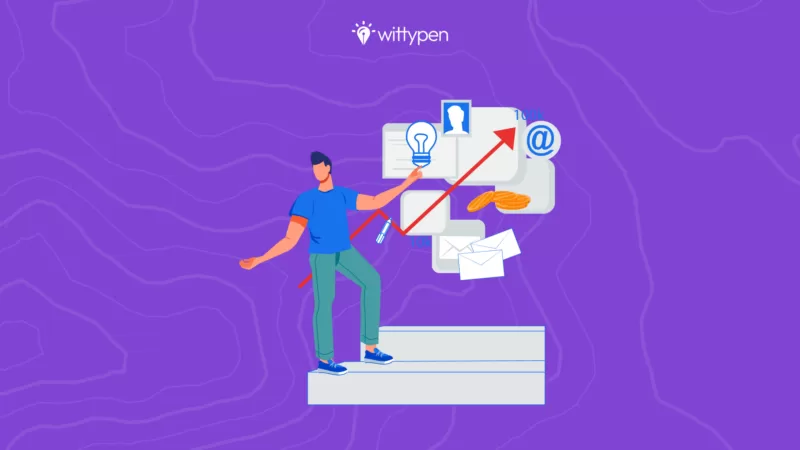
- Quizzes, polls, and surveys to encourage interaction.
- Interactive infographics and calculators for personalized experiences.
- User-generated content (UGC) like testimonials, reviews, and social media shoutouts.
Interactive content not only keeps users engaged but also increases dwell time and social sharing. Gamification techniques, such as contests and rewards, can also enhance participation and brand loyalty.
9. Promote Content Effectively
Creating great content is just the first step; promoting it is equally important. Implement a multi-channel promotion strategy to maximize visibility.

- Share on social media platforms (Facebook, LinkedIn, Twitter, Instagram, etc.).
- Leverage email marketing by sending content to your subscribers.
- Engage in influencer partnerships for broader reach.
- Use paid advertising to boost high-performing content.
A strong promotion strategy ensures that your content reaches the right audience. Additionally, collaborating with industry experts for guest blogging or podcast appearances can further expand your reach.
10. Measure Performance and Optimize Continuously
Tracking content performance allows you to identify what works and what needs improvement.
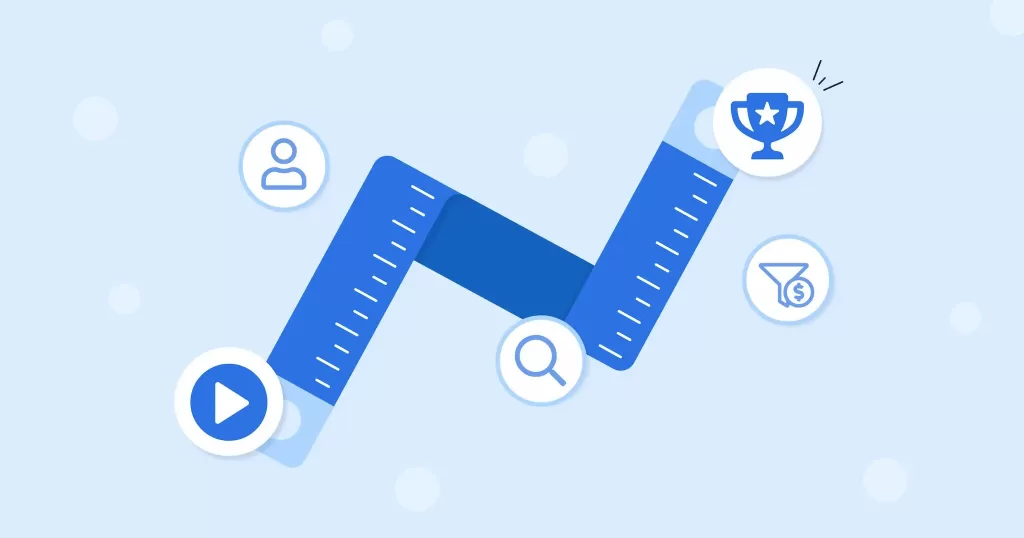
- Use Google Analytics, Semrush, or HubSpot to measure traffic, engagement, and conversions.
- Analyze user behavior to refine content formats and topics.
- Conduct A/B testing to optimize headlines, CTAs, and visuals.
Regularly reviewing performance metrics helps you refine your content marketing strategy. Look at bounce rates, time spent on pages, and social media shares to determine the effectiveness of your content.
11. Align Content with Business Goals
Ultimately, content marketing should align with your overall business objectives. Whether you aim to increase brand awareness, generate leads, or drive sales, ensure your content strategy supports these goals.
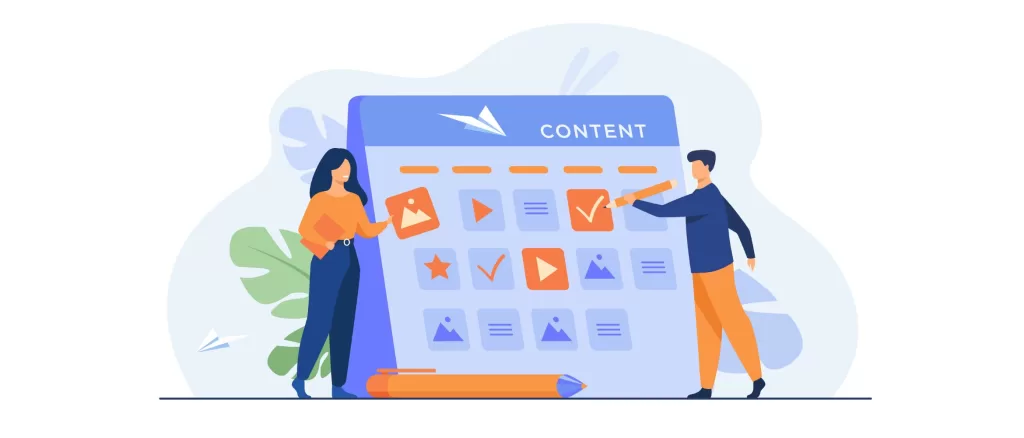
- Define clear KPIs such as organic traffic, conversion rates, and customer retention.
- Create content that addresses customer pain points and guides them through the sales funnel.
- Use content to nurture leads through personalized email sequences and targeted offers.
When content marketing aligns with business objectives, it becomes a powerful tool for driving growth and revenue.
Related Article: Proven SEO Best Practices to Drive More Traffic and Boost Sales in 2025
Improving your content marketing strategy requires a mix of creativity, data-driven decisions, and continuous optimization. By implementing these 11 tips, you’ll create high quality, engaging, and SEO optimized content that attracts, retains, and converts your target audience.


One Response